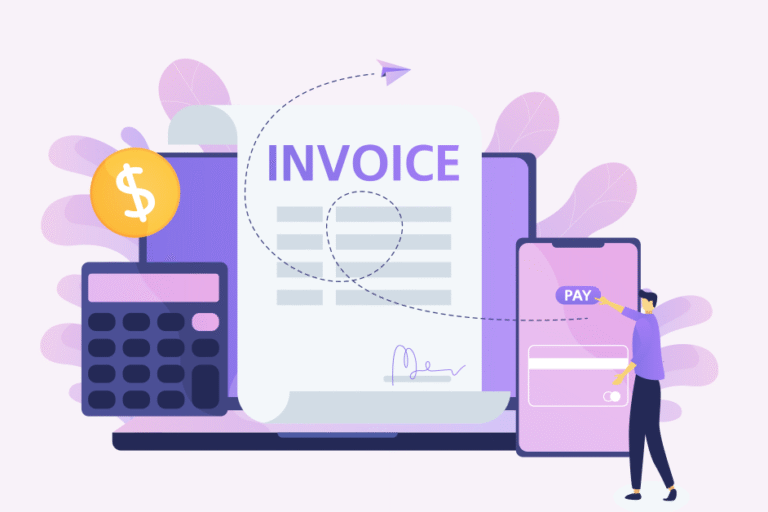
What to Look for in Legal Project Management Software
06/21/2023 By Kamron Sanders
Legal processes can be time-consuming and difficult to manage, especially with conflicting deadlines, missing documents, and ever-evolving data.
Instead of trying to make sense of the chaos, law firms are increasingly relying on legal project management – and legal project management software – to streamline processes and manage them effortlessly.
What Is Legal Project Management?
Legal project management is the process of defining the parameters of a matter, planning its course, managing it, and once complete, evaluating how it was handled from the firm and client perspective.
For many lawyers, legal project management is part of their work, but it’s done only in part without a defined structure. Legal project management is becoming more commonplace in firms looking to take a systematic approach to their matters.
Ultimately, legal project management is driven by the need for communication within the firm and with clients, as well as the rising demand for efficiency from clients. It relies on three core principles:
- Front-end planning is better than damage control
- Keep all crucial stakeholders in the loop all of the time
- If it can’t be measured, it can’t be managed
The five steps of legal project management include:
1. Define Project Objectives and Scope
- Gather information to understand the client’s business, needs, and expectations
- Understand the project phases, deliverables, and outcomes with the client
- Assess scope, time, and cost
- Agree on billing arrangements
- Analyze potential risks that may impact the project
2. Project Planning
- Define project phases, tasks, and standards
- Develop timelines and milestones
- Select the project team
- Budgeting
- Gather appropriate tools and resources
- Plan communications
3. Plan Execution
- Delegate tasks to lawyers and staff
- Give timely, objective, and specific feedback
- Manage team performance, dynamics, and morale
- Ensure collaborative team and client communication
4. Monitor and Measure Progress
- Track progress of phases and tasks
- Avoid scope creep and redundancies
- Ensure budget is aligned
- Make project adjustments when unexpected events occur
5. Post-Project Review
- Evaluate outcomes in terms of agreed project scope
- Identify what worked and what could be improved
- Discuss the experience with clients for feedback
- Identify the lessons learned, resources needed, and surprises to be avoided
Benefits of Legal Project Management
Most lawyers will insist they already have aspects of legal project management in place, but formal legal project management is about systemizing the process. Here are some benefits:
Improved Efficiency and Productivity in Legal Projects
Legal project management improves efficiency and productivity by delegating work appropriately, providing techniques to improve workflow, and creating a streamlined process that moves the project through each phase.
Enhanced Client Satisfaction and Communication
Client expectations are one of the driving forces of legal project management, which include value, efficiency, communication, and predictability. Adopting a legal project management process provides clarity for the resources, time, and costs involved, helping clients prepare.
Effective Budgeting and Cost Control
Because legal project management involves planning and scheduling in advance, it helps manage the uncertainty surrounding scope and budget. This is especially important with alternative fee arrangements.
Risk Mitigation and Quality Assurance
The entire project can be scheduled in advance with defined scope, timeframe, and costs. It becomes more predictable in terms of budget and completion time, even if the unexpected disrupts the flow.
Streamlined Collaboration and Team Coordination
With legal project management, everyone involved in the project is aware of the tasks and timeline to ensure better accountability, collaboration, and coordination.
What Is Legal Project Management Software?
Legal project management software helps you align your day-to-day legal operations and coordinate your team efforts in a transparent process. All projects, tasks, assignees, and documents are held in a centralized location for easy monitoring.
Features of the Best Legal Project Management Software
The features you need for your legal project management software can vary, but there are a few features that are a must:
Task and Milestone Tracking
Collaborative tools help you assign, track, schedule, and prioritize your tasks and responsibilities for streamlined project flow.
Document and File Management
Document and file management are key to every aspect of your project. Your solution should have a document storage system that ensures your team can access the information they need efficiently.
Time and Expense Tracking
Time and expense tracking keeps your costs under control and provides visibility into the project budget. This feature allows you to record time, track internal hours, and stay on top of staff, contractors, and consultants for better precision.
Resource Allocation and Scheduling
The efficiency of your project depends on scheduling the necessary tasks and the resources required to fulfill those tasks. Resource allocation and scheduling features ensure that allow you to plan your project resources and tasks and align them to your project timeframe.
Reporting and Analytics Capabilities
As mentioned, if it can’t be measured, it can’t be managed. Reporting and analytics are important for gaining insights into your work progress and team performance. Getting detailed insights about your firm’s performance can help influence staff bandwidth, budget, and more.
How to Find the Best Legal Project Management Software for My Firm
There are plenty of options for legal project management software, all with different features and capabilities. Here’s what you should consider:
- Assess Your Firm’s Specific Needs and Requirements: Just because software has a lot of bells and whistles doesn’t mean that it’s right for your firm. First, you have to determine what your firm needs and what features are most important to you, then you can begin to evaluate your options.
- Research and Compare Different Software Options: Compile a list of suitable software solutions based on the features and other factors that are important to you. Compare the different options in terms of costs, subscription plans, features, integrations, support, and more, so you can create a short list of your best options.
- Consider Factors like Cost, Scalability, and User-Friendliness: Maybe your firm is small and you have a limited technology budget, but that’s just right now. If you don’t want to go through this process again in a few years, choose a solution that’s scalable to support your firm’s growth. Many software providers offer tiered subscription plans that unlock features as you upgrade, ensuring that your features and capabilities are aligned with your budget. User-friendliness is a must, no matter how small or large your firm is. You want your staff to be able to perform their tasks with ease and little frustration to increase firm-wide adoption.
- Read Reviews and Seek Recommendations from Industry Professionals: Reviews from real-world users offer great insight into the possible software solutions for your firms. Pay attention to not only the good reviews but the flaws users mention to anticipate possible challenges and learn how well the provider supports its customers. Other law firms and colleagues can be useful in finding good solutions. Ask colleagues you trust if they use project management software, and if so, which ones they’ve tried. Ask for honest opinions on what they liked and didn’t like, which can inform your decision.
- Test and Evaluate Software Through Demos or Trial Periods: Once you have a few options narrowed down, sign up for some demos or free trial periods. This will give you an opportunity to test out the software and get first-hand knowledge of its usability and features before committing.
Legal Project Management and Law Practice Management Software
No matter what legal project management solution you choose, it’s important that it integrates with your practice management software. Otherwise, you could get bogged down with transferring information and details from one to the other – leaving opportunities for gaps and errors.
Better yet, you can choose a solution that has project management capabilities built in, like Bill4Time. You’ll find everything you need to manage your firm’s matters within one centralized solution, as well as other valuable features like time tracking and client management. Together, these powerful features help you reach the level of efficiency your firm needs and your clients expect.



